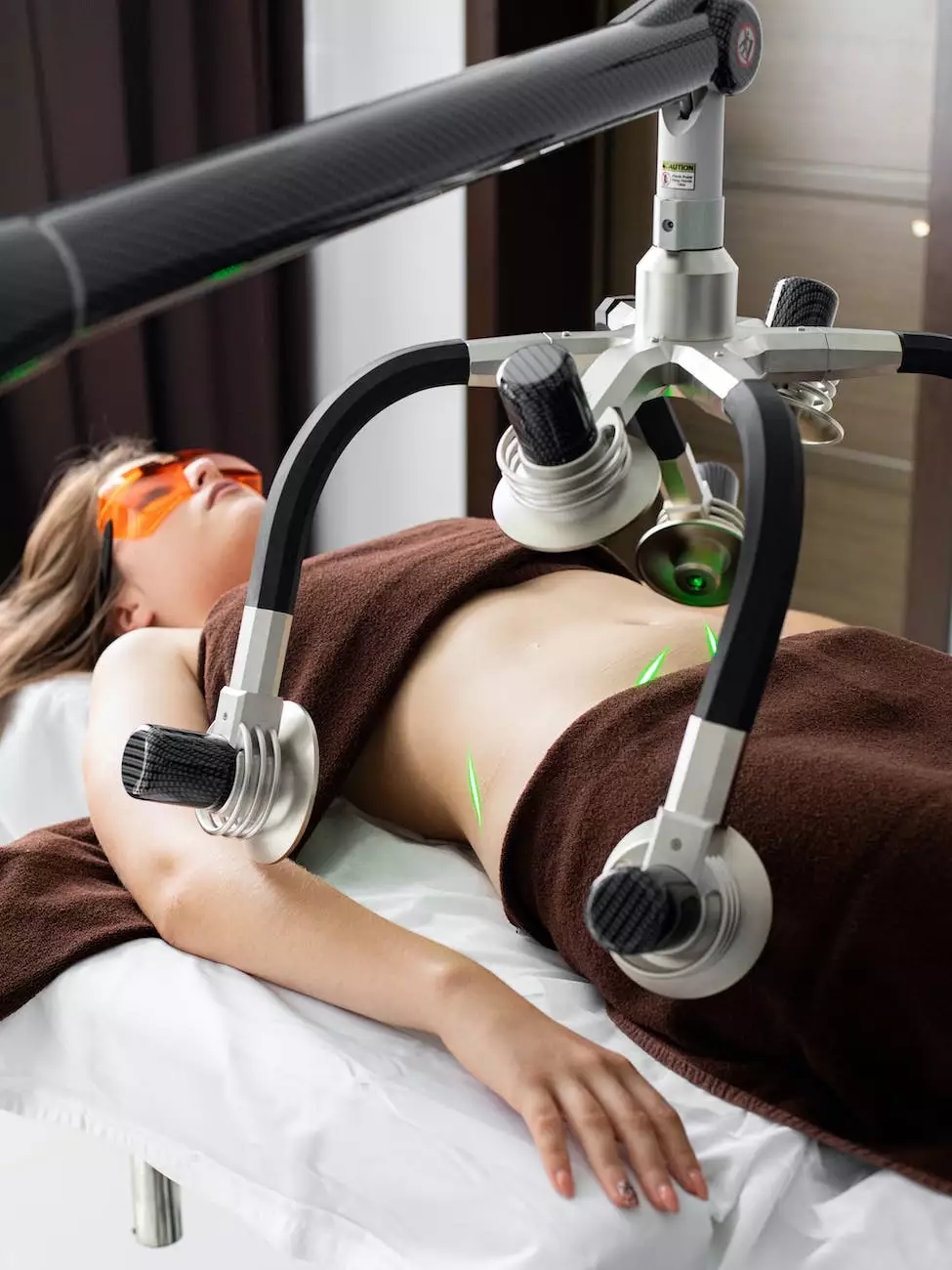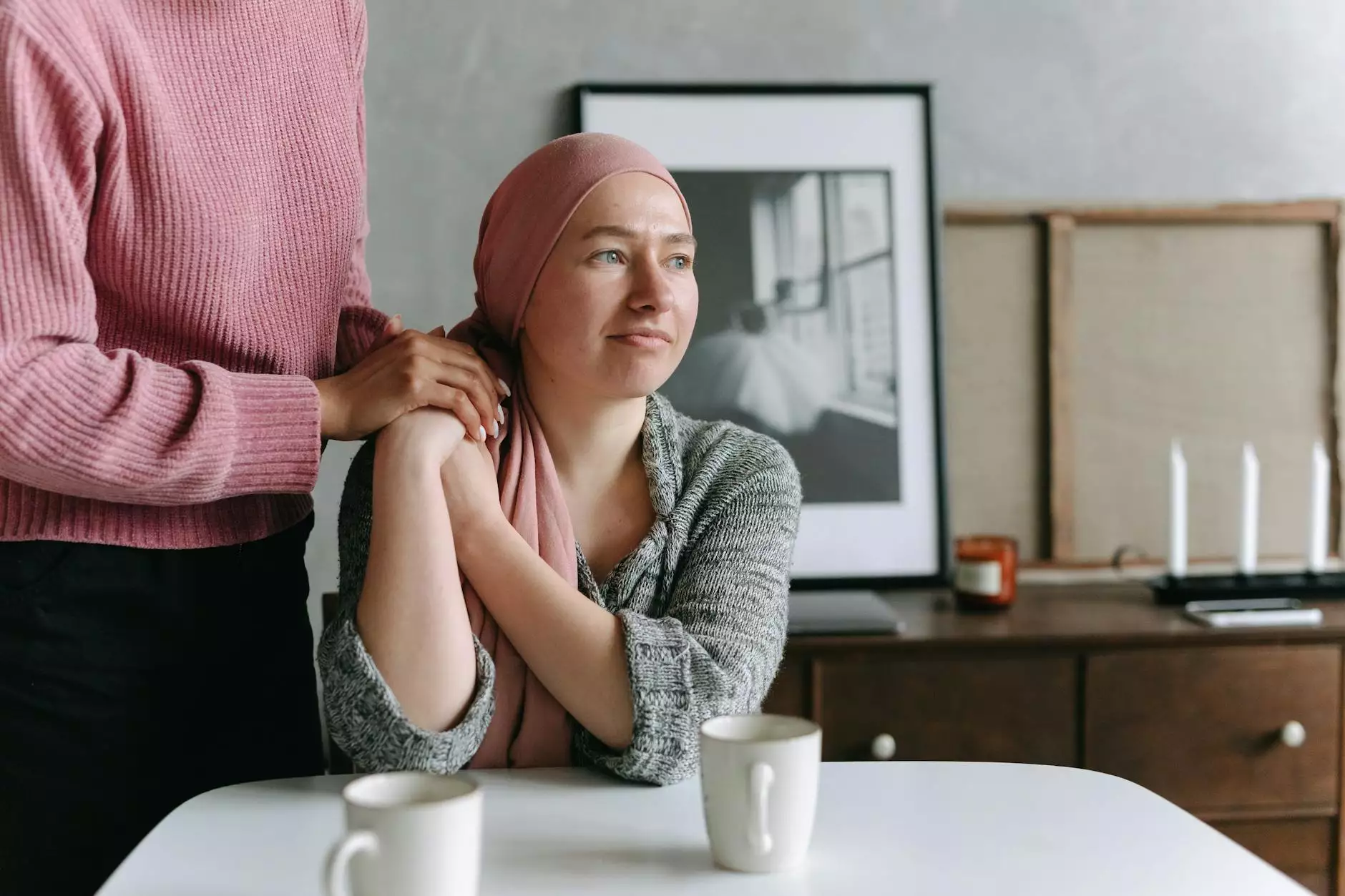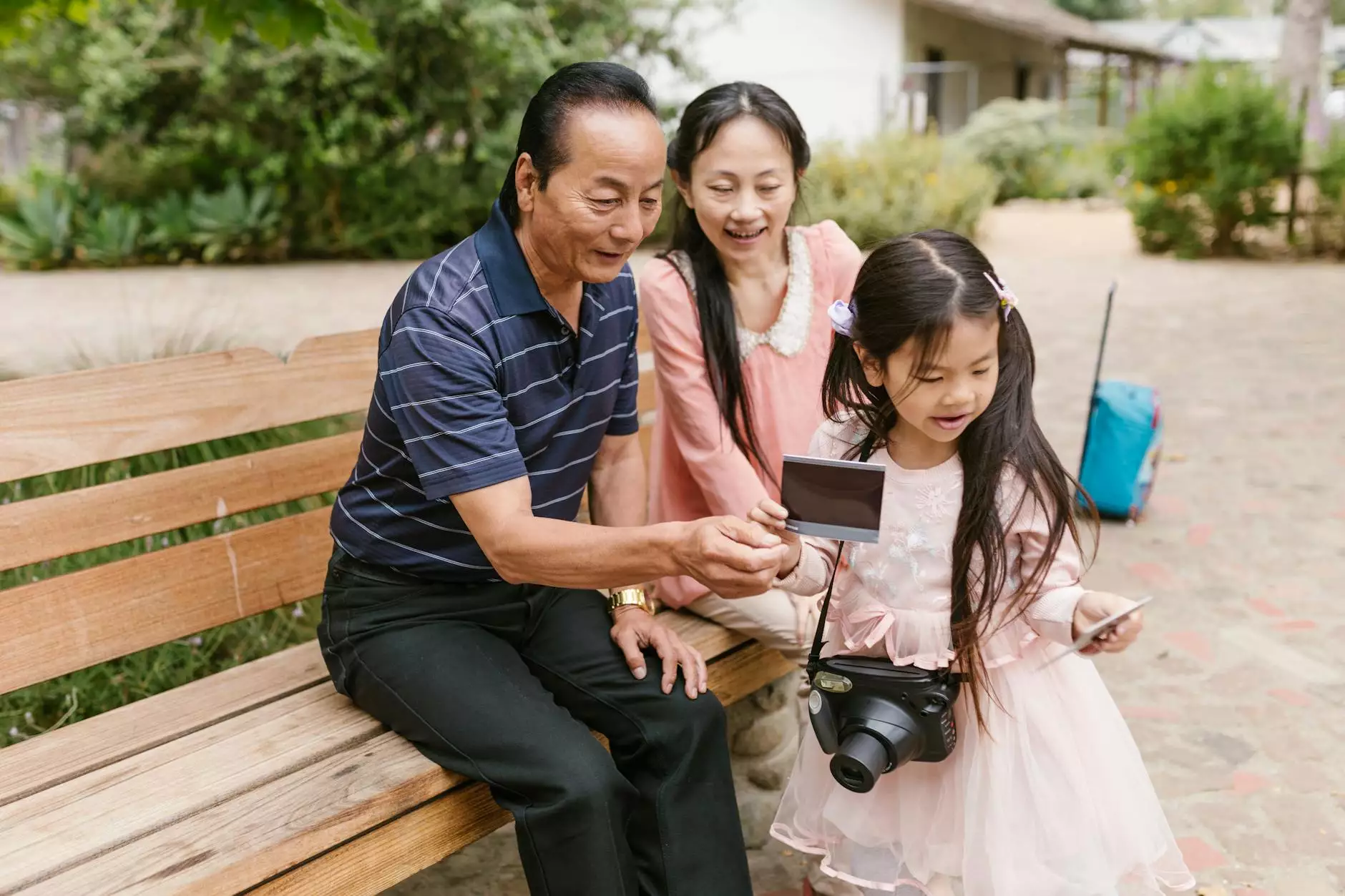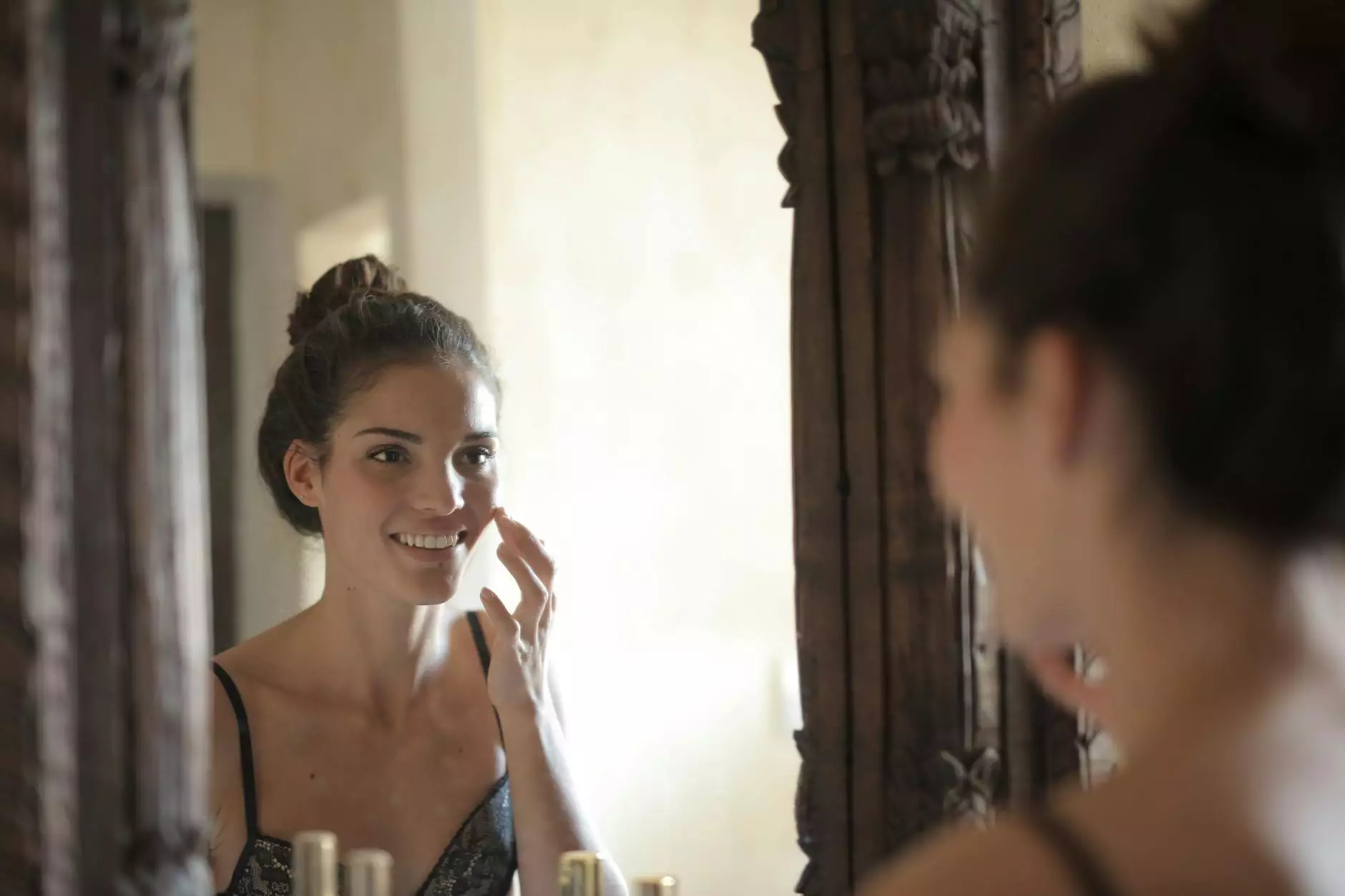Ponseti Cast Application and Removal
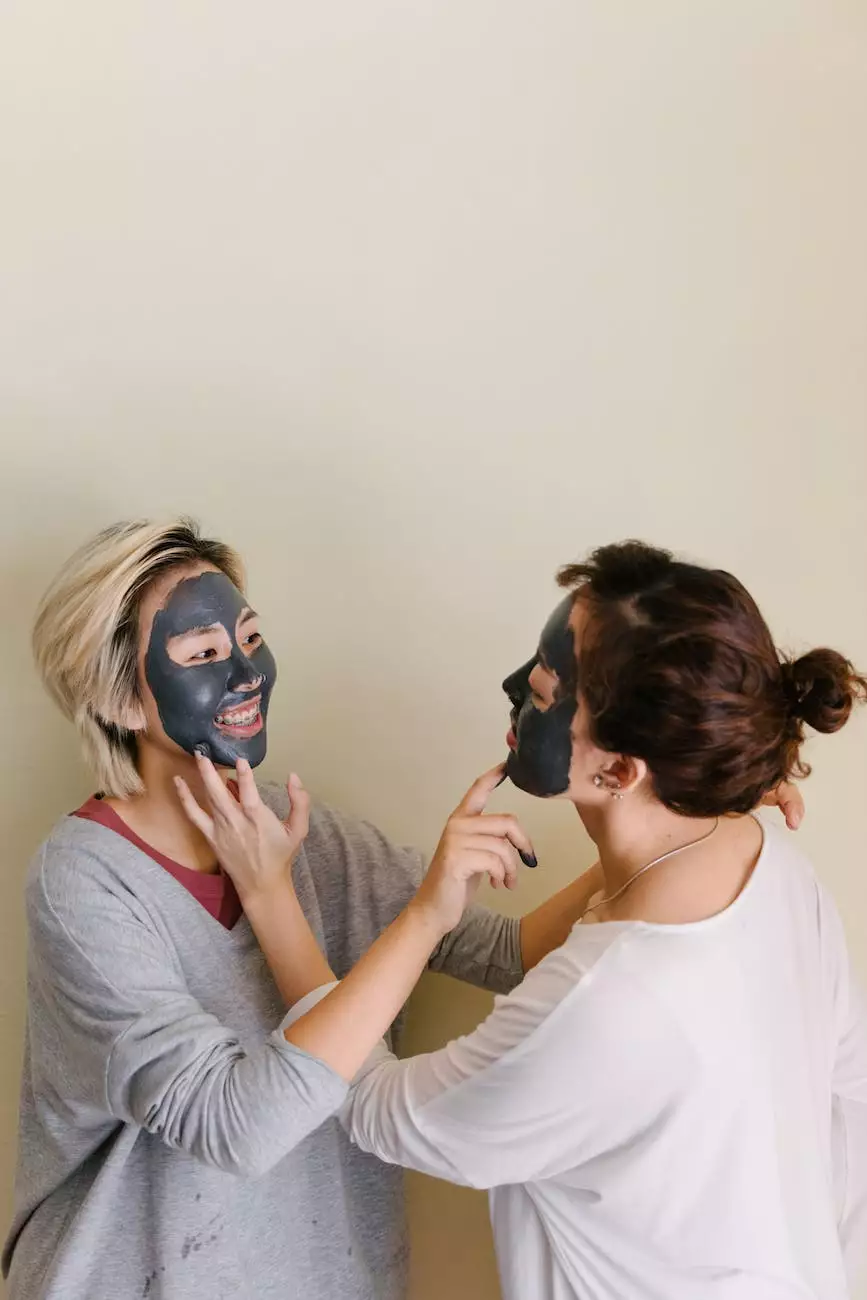
If you are seeking effective treatment options for clubfoot, look no further than Foley James D MD. Our expert team utilizes the renowned Ponseti cast application and removal method - a highly successful technique for correcting clubfoot deformity in infants and young children.
The Ponseti Method: A Proven Solution for Clubfoot Treatment
Clubfoot, also known as talipes equinovarus, is a congenital condition that affects the positioning and alignment of the foot. It is characterized by the foot turning inward and downward, making it difficult for the affected individual to bear weight or walk properly.
The Ponseti method, named after its developer Dr. Ignacio V. Ponseti, has revolutionized clubfoot treatment and has become the gold standard across the globe. This non-surgical approach involves a series of gentle manipulations, followed by the application of a series of plaster casts.
Ponseti Cast Application: The Process
The Ponseti cast application process is conducted by a trained healthcare professional specializing in clubfoot treatment, such as those at Foley James D MD. During each session, the child's foot is carefully manipulated to gradually correct the foot's alignment.
Once the foot is in the desired position, a plaster cast is placed on the foot, extending from the toes to the thigh. The cast is intended to maintain the corrected foot position and prepare it for the next round of treatment. It is important to note that no surgery is required in the Ponseti method.
Benefits of the Ponseti Method
The Ponseti method offers numerous benefits that contribute to its exceptional success rate:
- Non-surgical: The method does not involve invasive surgical procedures, minimizing risks and associated complications.
- High success rate: Studies have shown that the Ponseti method has a success rate of over 90%, providing long-lasting correction of clubfoot deformity.
- Early intervention: The treatment can be initiated shortly after birth, allowing for effective correction at an early stage.
- Minimal discomfort: The gentle manipulations and cast application are generally well-tolerated by infants and young children without significant pain or discomfort.
- Prevents relapses: Proper follow-up care, including the use of braces after casting, helps prevent relapses and maintains the corrected foot position.
Ponseti Cast Removal: Transitioning to Bracing
As the Ponseti method progresses, the orthopedic healthcare professional will periodically remove the old cast, assess the foot's condition, and apply a new cast. The number of cast changes required depends on the severity of the clubfoot deformity.
Once the desired correction is achieved, typically after several weeks or months, a final cast is applied. At this stage, the Ponseti cast is removed for the last time, and the child transitions to a foot abduction brace.
The Importance of Bracing
Bracing is a vital component of the Ponseti treatment protocol. The foot abduction brace, commonly known as the Denis-Browne bar, is worn initially for 23 hours a day and gradually reduced to nighttime use only. The brace helps maintain the corrected foot position, facilitating further development and preventing relapses.
Regular follow-up visits with the healthcare team at Foley James D MD are crucial to monitor the progress, adjust the brace, and provide ongoing guidance to ensure optimal outcomes.
Choose Foley James D MD for Expert Clubfoot Care
If your child requires clubfoot treatment, entrust their care to the experienced professionals at Foley James D MD. Our dedicated team is skilled in applying the Ponseti method to successfully correct clubfoot deformity.
Contact Foley James D MD today to schedule a consultation and begin your child's journey towards a life free from the limitations caused by clubfoot!



